Experimentation Design Exercises
Explore hands-on “Experimentation Design” exercises to sharpen your skills and level up your craft. Want more? Browse all search results

Exercise
A/B testing
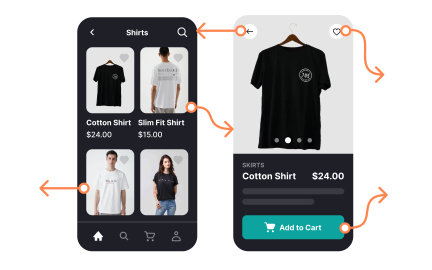
Exercise
Prototype
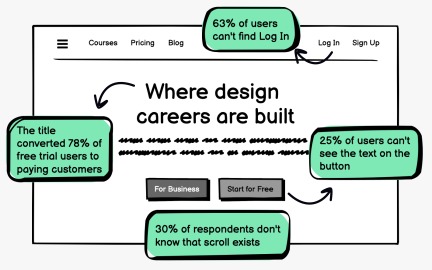
Exercise
Wireframes allow for rapid testing
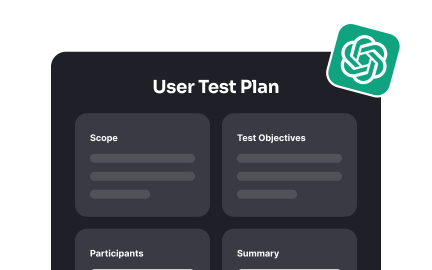
Exercise
Draft a user test plan
Exercise
How much should you prototype?
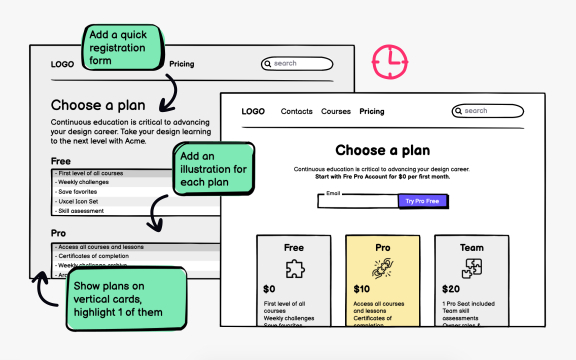
Exercise
Why should you test ideas in wireframes?
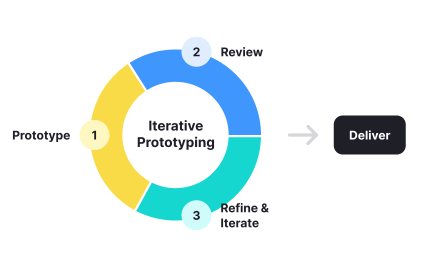
Exercise
Iterative prototyping
Exercise
Benefits of prototyping
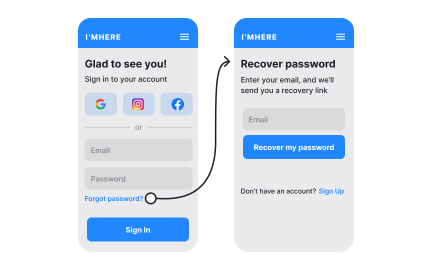
Exercise
High-fidelity prototypes
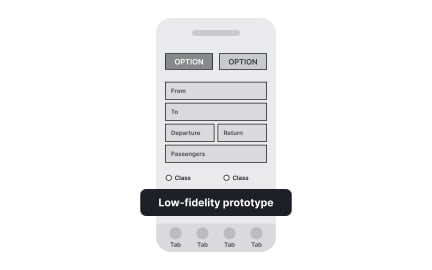
Exercise
Low-fidelity prototypes
Exercise
Testing with prototypes
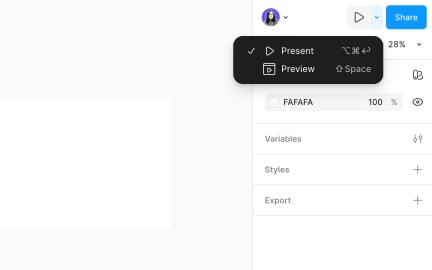
Exercise
Present and preview prototypes
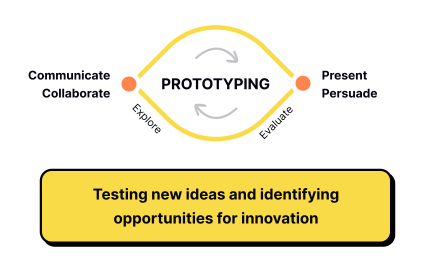
Exercise
Explorative prototyping
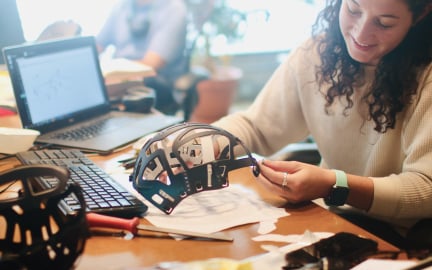
Exercise
Prototyping and testing

Exercise
Evaluative prototyping
Exercise
Assumption testing tools

Exercise
Prototyping context

Exercise
Fidelity

Exercise
Cardboard prototyping
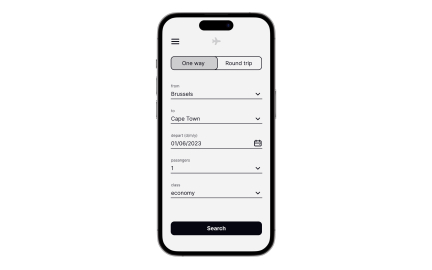
Exercise
Selecting the method
Exercise
How to phrase assumptions
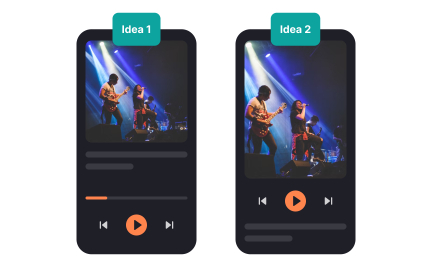
Exercise
Practice parallel prototyping
Exercise
What’s an assumption?
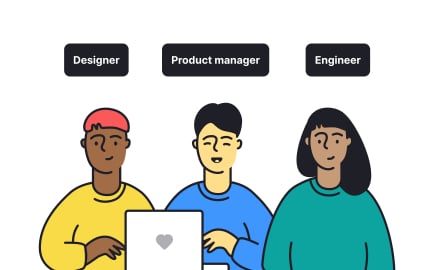
Exercise
Assign team members to conduct interviews
Exercise
Test assumptions, not just ideas
Exercise
The importance of systematic evaluation
Exercise
Prioritize your ideas based on expected outcomes
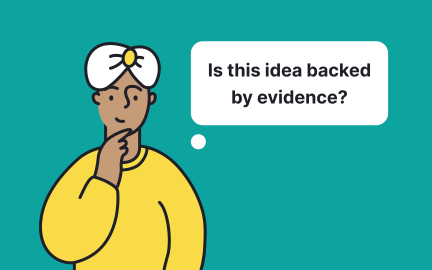
Exercise
Treat ideas like a scientist
Exercise
Decide on the actions based on the results
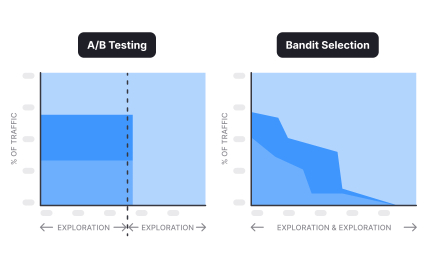
Exercise
Understanding A/B test types
Exercise
When to run assumption tests
Exercise
Test desirability
Exercise
Testing
Exercise
Create a questioning framework
Exercise
Prototype
Exercise
Implementing A/B testing for retention
Exercise
Testing product features effectively
Exercise
What are experiments
Exercise
Ask hypothesis-driven questions
Exercise
Testing hallucination detection systems
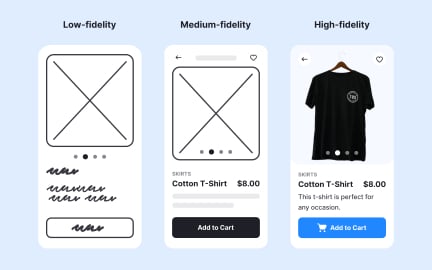
Exercise
Prototyping
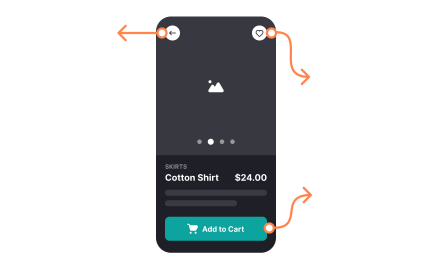
Exercise
What’s a prototype?
Exercise
Avoiding testing biases
Exercise
Red team exercises and adversarial testing
Exercise
Implementing continuous testing cycles
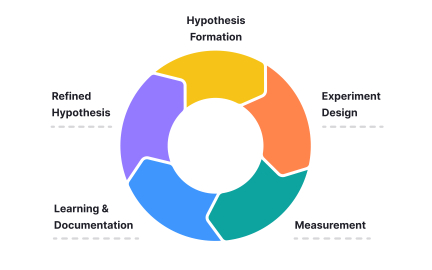
Exercise
Iterative experimentation

Exercise
Selecting testable strategies
Exercise
Implementation verification
Exercise
Defining control groups
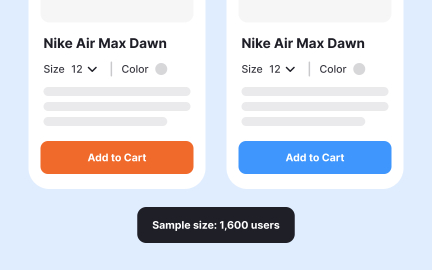
Exercise